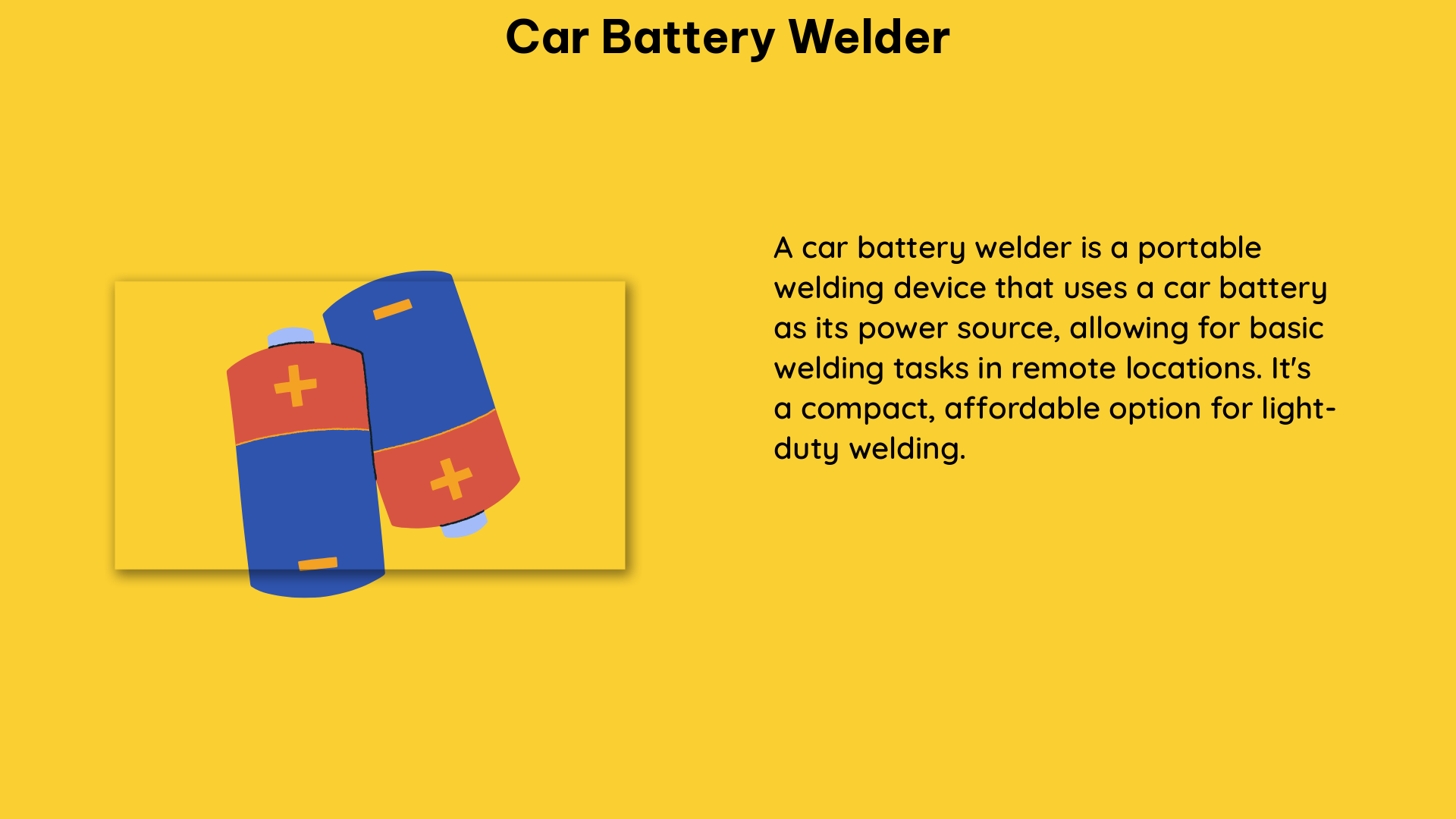A car battery welder, also known as a jump starter or portable power pack, is a versatile device designed to provide a high-current charge to a car battery, enabling you to start your vehicle’s engine. These compact and lightweight tools typically have a capacity measured in amp-hours (Ah), indicating the amount of current they can supply over a period of time. For instance, a 12V 18Ah car battery welder can deliver 18 amps for 1 hour at 12 volts, making it a valuable asset in various automotive and DIY applications.
Understanding the Technical Specifications of a Car Battery Welder
When selecting a car battery welder, it’s crucial to consider the following key specifications to ensure it meets your needs:
Capacity (Ah)
The capacity, measured in amp-hours (Ah), represents the amount of current the device can supply over a period of time. A higher capacity means the welder can provide more current for a longer duration, making it suitable for tasks that require sustained power output. For example, a 12V 24Ah car battery welder can deliver 24 amps for 1 hour or 12 amps for 2 hours, providing ample power for starting engines or running various tools and accessories.
Voltage (V)
The voltage of the car battery welder should match the voltage of your vehicle’s battery, which is typically 12V. This ensures compatibility and the ability to effectively charge and start your car’s engine.
Peak Current (Amps)
The peak current, measured in amps, indicates the maximum current the device can supply for a short period of time, such as when starting a car. A higher peak current rating allows the welder to handle the initial surge of power required to crank the engine.
Charging Time
The charging time refers to the duration it takes to recharge the car battery welder after it has been depleted. Faster charging times are desirable, as they minimize downtime and ensure the device is ready for use when needed.
Output Ports
Some advanced car battery welders feature multiple output ports, such as USB ports, which can be used to charge or power various electronic devices, including smartphones, tablets, and other accessories. This versatility can be particularly useful in emergency situations or when working on remote projects.
Considerations for Using a Car Battery Welder for Welding

It’s important to note that while car battery welders can be used for basic welding tasks, they are not primarily designed for this purpose. These devices may not provide the necessary current or voltage required for more demanding welding applications. For serious welding projects, it’s recommended to use a dedicated welding machine that is specifically engineered for the job.
However, in some DIY or emergency situations, a car battery welder can be a viable option for light welding tasks. When using a car battery welder for welding, consider the following:
- Welding Capacity: Assess the maximum welding current and voltage the car battery welder can provide. This will determine the thickness and type of materials you can effectively weld.
- Duty Cycle: Car battery welders typically have a lower duty cycle compared to professional welding machines, meaning they can only operate for a shorter duration before needing a cool-down period.
- Electrode Type: Choose the appropriate welding electrodes that are compatible with the power output and characteristics of the car battery welder.
- Safety Precautions: Exercise caution when using a car battery welder for welding, as the device may not have the same safety features and protections as a dedicated welding machine.
Practical Applications of a Car Battery Welder
Beyond its primary function of starting car engines, a car battery welder can be a versatile tool in various DIY and automotive applications, such as:
- Emergency Jump-Starting: If your car’s battery is dead, a car battery welder can provide the necessary power to jump-start the engine, allowing you to get back on the road.
- Powering Accessories: Many car battery welders have additional output ports, enabling you to charge or power various electronic devices, such as smartphones, tablets, or even small power tools.
- Light Welding Tasks: As mentioned earlier, a car battery welder can be used for basic welding projects, such as repairing small metal parts or fabricating simple structures, although its capabilities are limited compared to dedicated welding machines.
- Camping and Outdoor Activities: Portable car battery welders can be a valuable asset during camping trips or outdoor adventures, providing a reliable power source for charging devices or running small appliances.
- Automotive Repairs and Maintenance: Car battery welders can be used for a variety of automotive repair and maintenance tasks, such as replacing batteries, troubleshooting electrical issues, or powering diagnostic tools.
Conclusion
A car battery welder is a versatile and powerful tool that can be a valuable asset in your DIY arsenal. By understanding the technical specifications and practical applications of these devices, you can make an informed decision when selecting the right car battery welder for your needs. Whether you’re facing an emergency situation, tackling light welding projects, or simply need a reliable power source for your outdoor adventures, a car battery welder can be a game-changer in your automotive and DIY endeavors.
References:
- EV Battery Testing | Tektronix
- Battery Tab and Busbar Weld Checking with Resistance Measurements
- Welding with a Car Battery

The lambdageeks.com Core SME Team is a group of experienced subject matter experts from diverse scientific and technical fields including Physics, Chemistry, Technology,Electronics & Electrical Engineering, Automotive, Mechanical Engineering. Our team collaborates to create high-quality, well-researched articles on a wide range of science and technology topics for the lambdageeks.com website.
All Our Senior SME are having more than 7 Years of experience in the respective fields . They are either Working Industry Professionals or assocaited With different Universities. Refer Our Authors Page to get to know About our Core SMEs.